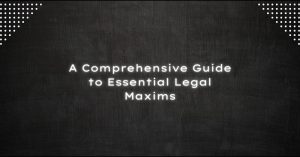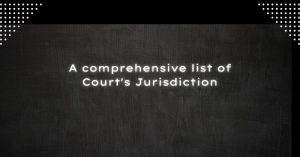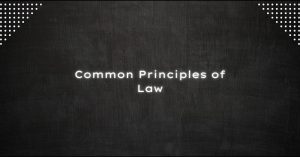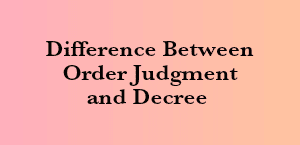Menu
Under the Constitution of Pakistan , Supreme Court and High Court are empowered to issue writs, for the enforcement of fundamental rights.
Article 184 – Supreme Court
Article 199 – High Court
In general, a writ petition is a legal remedy available in common law, and it is a way for individuals to seek relief from the courts when they believe their fundamental rights have been violated.
Writ petitions are commonly filed by individuals, organizations, or entities that have a sufficient legal interest or standing in the matter. Here are some common categories of individuals or entities that may file a writ petition:
There are many different writ petitions,
| 1.Habeas Corpus | Latin | You may have the body |
| 2.Mandamus | Latin | We command |
| 3.Prohibition | English | Stop/ Forbid |
| 4.Certiorari | Latin | To be Certified |
| 5.Quo Warranto | Latin | By what Authority |
Habeas corpus (“produce the body” in Latin) is a writ given to an institution or a prison warden to release an imprisoned person from custody. This remedy can be pursued by the prisoner or by another person coming to his or her assistance. This keeps a government from imprisoning people unlawfully and protecting rights of individual against arbitrary governmental actions, This is sometimes given when the preservation of life is in danger due to improper jail conditions or other violations.
Grounds: The petitioner alleges that the detention is illegal or that the person is held in violation of fundamental rights.
This writ is given to a lower-level court or a government officer to mandate that proper laws are followed. Mandamus might be given if an official is not using his position appropriately or if a court is not following the laws of the state or country. Mandamus is a judicial remedy which is in the form of an order from a superior court to any subordinate court, organization or public authority to do or refrain from doing some specific act which that body is obliged under the law to do or abstain from doing, This writ (also called the “writ of mandate”) ensures that the government and the individuals in charge are performing their functions properly.
Grounds: The petitioner must demonstrate that the duty in question is a legal duty and that there is no alternative remedy available.
To maintain a balance of power and avoid the abuse of power there are certain conditions in which this writ cannot be issued.
Prohibition is issued by a higher court to prevent a lower court or tribunal to stop it from taking up a case exceeding its jurisdiction or acting contrary to the rules of natural justice. Typically this is done when the case is outside the jurisdiction of the lower court and the higher court feels that no further action should be taken on it. The higher court may take over the case after this writ has been given. Writ of prohibition is also called as preventive writ.
Writ of prohibition is issued inter alia on the following grounds,
Certiorari is issued by a higher court to a lower court or tribunal to review and quash the decision if it’s found to be outside the jurisdiction or in violation of principles of natural justice. When a lower court has made a decision that a higher court deems incorrect or inappropriate, this writ will often be used. The writ of certiorari allows a higher court to review the materials from the decision of a lower court with the option of reversing the decision. This can also be used in a workplace to make sure that a punishment levied by an employer against an employee is appropriate.
Grounds: Generally, the petitioner must show an error of law, excess of jurisdiction, or a violation of principles of natural justice.
Quo Warranto, meaning “by what authority,” is issued to inquire into the legality of a person holding a public office and to determine whether that person is qualified to hold that office. If a person claims that he has the power of a public office without any legality behind it, he is issued a quo warranto. The Court may oust a person from an office to which he is not entitled. After the writ has been given, the person must show by what authority he has asserted his claim.
This writ cannot be issued against the private institutions to hold an office of a private character.
Grounds: The petitioner questions the authority of the person holding the public office.
Purpose: Procedendo is issued by a higher court to a lower court, directing it to proceed with a case that it has delayed or refused to hear.
Grounds: The petitioner must show that the lower court has failed to exercise its jurisdiction.
Purpose: A curative petition is a last resort remedy to cure gross miscarriage of justice and prevent abuse of the process of law.
Grounds: The petitioner must present new evidence or arguments not considered in previous proceedings.
These writs vary across legal systems, and their availability might depend on the specific legal framework of a country. The specific requirements and procedures for filing writ petitions also vary.









